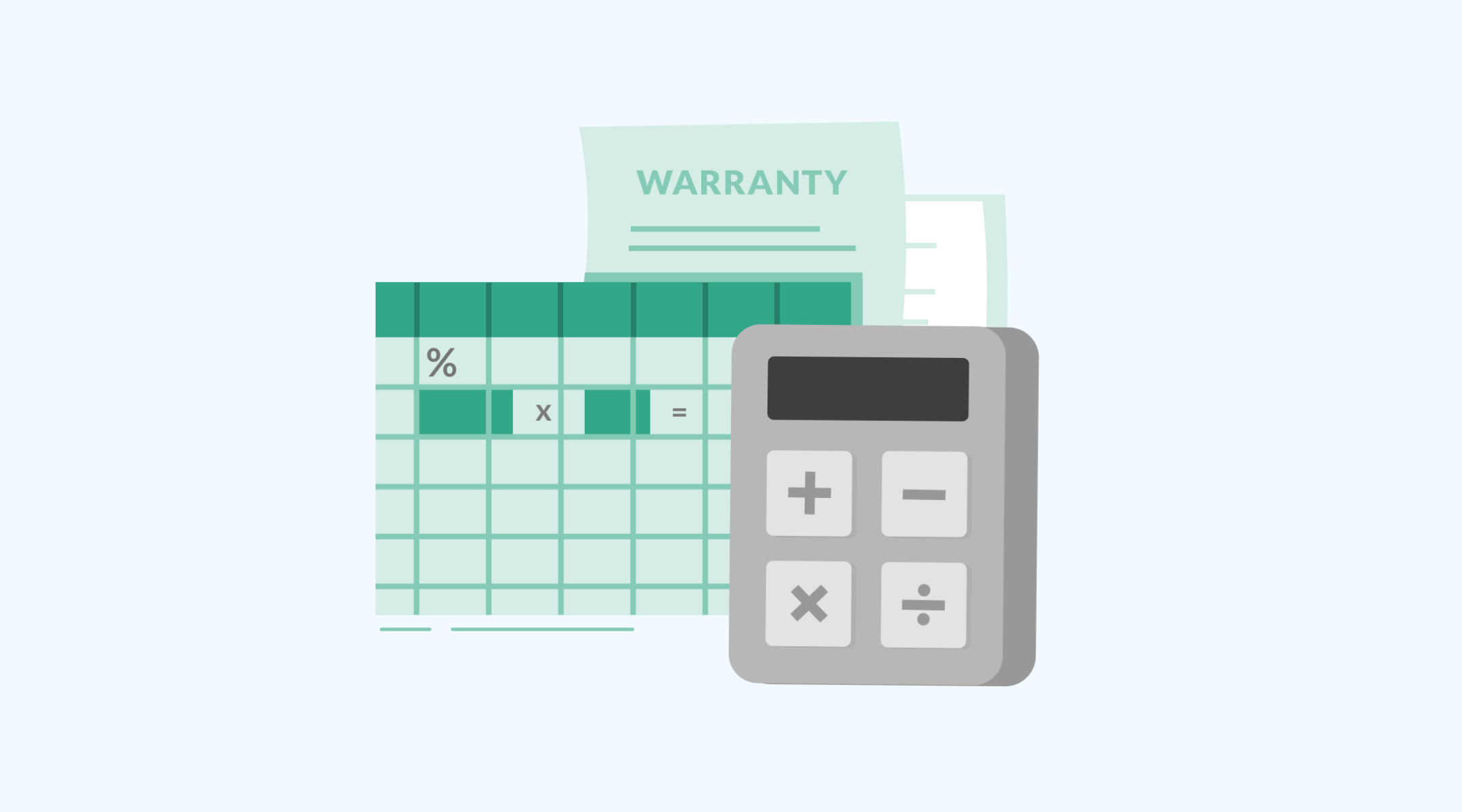Why is digitizing warranty tracking important?
Maximizing warranty reimbursement is critical to maintaining your shop’s bottom line. The cost of every asset purchased includes the warranty. Recovering those warranty dollars just makes sense.
The high dollar value warrantable opportunities are not the only important opportunities. To reduce the cost of maintenance and repair, it’s critical to file every warranty claim, including claims where the return may seem minimal. When you are entitled to warranty dollars, leaving them unclaimed is a detriment to profitability.
The most critical aspect of maximizing warranty capture is tracking. Without a well-documented, well-managed warranty program, gaps in knowledge exist in your shop. This can lead to warranty dollars left unclaimed. If your shop lacks a warranty tracking process, here are some ways you can begin to implement one.
Train your team on warranty agreements
The first step in creating a warranty process starts with technicians. Anyone on your team who has a hand on warrantable parts, or is involved with warrantable labor must have training on the agreements. Ensuring that team members know when to file a claim or flag a repair as warrantable minimizes the changes that opportunities for recovery get missed.
If this warranty process does not exist formally within your organization, it becomes nearly impossible to track. If fleet managers aren’t tracking warranty capture, they can’t accurately identify any ROI increases or losses. As a fleet manager, the first step is to ensure every technician in the shop understands what is warrantable, and knows the importance of warranty tracking.
Implement comprehensive documentation
The next step is to implement a comprehensive documentation process. Simply filing a warranty claim isn’t enough, it is crucial to know what you are filing for. To increase your chances of warranty reimbursement, you must take comprehensive notes for each work order. We recommend formatting this documentation to include the Three Cs: Complaint, Cause, and Correction. The Complaint should outline what the issue is that the technician needs to repair. The Cause includes any information that you have on what caused the issue to occur. The Correction is the corrective measures taken to solve the complaint.
A good warranty program prevents having to pay for repairs that are warrantable. Documentation provides fleet managers with data on every asset and where they are in the warranty lifecycle. This provides insight into whether they are missing opportunities for warranty recovery. A documentation process also provides better insight into the ROI of a warranty agreement. Fleet managers can then assess whether a warranty agreement was worth the cost.
Understand and maximize your coverage
It is also critical to understand the warranty agreements you have. Complete a close review of all agreements to understand what qualifies as warrantable. This information will help your team know exactly when to file a claim.
One common source of warranty capture is the standard warranty agreement. These agreements come from the manufacturer with all newly purchased assets. Depending on negotiations between fleet managers and manufacturers, these may include extra coverage. Fleet managers need to understand the warranty needs of their fleet when negotiating better coverage with suppliers. Understanding these needs helps them be sure they are negotiating for adequate coverage. This is where the importance of warranty tracking comes into play. Data and insights on repairs and warranty claims is a road map to what coverage a fleet needs. This information can also act as leverage when negotiating.
Another source of warranty includes any extended coverage when the asset was originally purchased. While this may seem like a smart business move during purchasing, that may not be true. It is important to understand where your warranty dollars are going and whether you are seeing a return on investment for every warranty dollar spent. Tracking warranty recovery is crucial to determine whether extended coverage is necessary.
Implement a fleet maintenance software
When it comes to increasing warranty reimbursement, your chances of recovery are reliant on the quality of your data. One of the best ways to improve the data that you are tracking on asset maintenance is to implement fleet maintenance software.
Fleet maintenance software improves data by decreasing reliance on memory and reducing the manual work for maintenance tracking. With better data and more valuable insights into repairs and maintenance for your fleet, many fleet managers see an improvement in their warranty reimbursements after implementing a fleet maintenance software in their shop.








